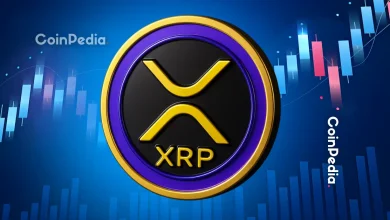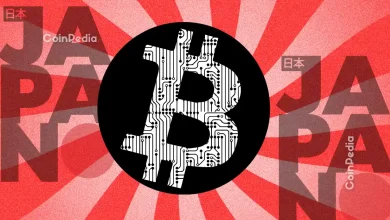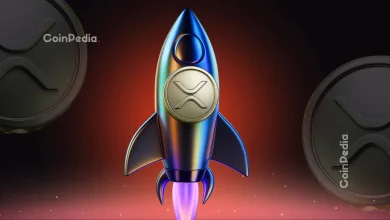
Solo miner solves Bitcoin block alone, earning $325,000 in rewards from block and fees.
Block number 899,826 processed by lone miner beating odds against massive mining pools.
Although, Bitcoin mining difficulty hits 126.98 trillion, making it harder for small miners to succeed.
A solo Bitcoin miner has pulled off something truly special—mining an entire Bitcoin block by themselves and earning over $325,000 in rewards.
Usually, mining is done by huge companies with super-powerful computers, so this small miner’s success is a rare and exciting moment that shows anyone can still play a part in the Bitcoin world.
But how did this happen? And how often does a solo miner get so lucky?
Solo Bitcoin Miner Wins $325,000
On June 4, 2025, a lone Bitcoin miner managed to solve block number 899,826 all by themselves. This lucky miner processed 3,680 transactions and received the full block reward of 3.125 BTC, which is worth around $325,000, plus an extra 0.026 BTC in transaction fees.
Usually, it’s very hard for solo miners to win because huge mining farms and pools have so much computer power. These giant mining operations have massive resources, making it tough for someone working alone to compete against the 600+ EH/s network hashrate.
Many in the mining space see this as a small win for decentralization, though large pools still dominate.
Bitcoin Mining Is Getting Tough for Small Miners
Mining Bitcoin isn’t as easy as it used to be. The process has gotten much harder because the network’s difficulty level is now at a record 126.98 trillion. This makes it tough for smaller miners to keep up, especially when big mining companies have more powerful machines.
At the same time, Bitcoin’s hashrate, which shows how much computing power is being used, is at its highest level of 842.92 exahashes per second. That’s 40% more than it was just a year ago.
This shows how crowded and competitive the Bitcoin mining space has become. Big players are taking over, while smaller ones are finding it harder to stay in the game
Never Miss a Beat in the Crypto World!
Stay ahead with breaking news, expert analysis, and real-time updates on the latest trends in Bitcoin, altcoins, DeFi, NFTs, and more.
FAQs
Bitcoin mining is the process of verifying transactions and adding them to the public ledger (blockchain) by solving complex cryptographic puzzles. Miners are rewarded with new Bitcoin and transaction fees.
Bitcoin mining difficulty measures how hard it is to find a new block. It adjusts every 2,016 blocks (approx. every two weeks) to keep block production consistent at ~10 minutes.
Mining pools allow individual miners to combine their computing power to increase their chances of finding a block. Rewards are then shared proportionally to contributions
Yes, Bitcoin mining difficulty is at a record 126.98 trillion, and the network hashrate is 842.92 EH/s, making it very challenging for small miners to compete.
Trust with CoinPedia:
CoinPedia has been delivering accurate and timely cryptocurrency and blockchain updates since 2017. All content is created by our expert panel of analysts and journalists, following strict Editorial Guidelines based on E-E-A-T (Experience, Expertise, Authoritativeness, Trustworthiness). Every article is fact-checked against reputable sources to ensure accuracy, transparency, and reliability. Our review policy guarantees unbiased evaluations when recommending exchanges, platforms, or tools. We strive to provide timely updates about everything crypto & blockchain, right from startups to industry majors.
Investment Disclaimer:
All opinions and insights shared represent the author's own views on current market conditions. Please do your own research before making investment decisions. Neither the writer nor the publication assumes responsibility for your financial choices.
Sponsored and Advertisements:
Sponsored content and affiliate links may appear on our site. Advertisements are marked clearly, and our editorial content remains entirely independent from our ad partners.








